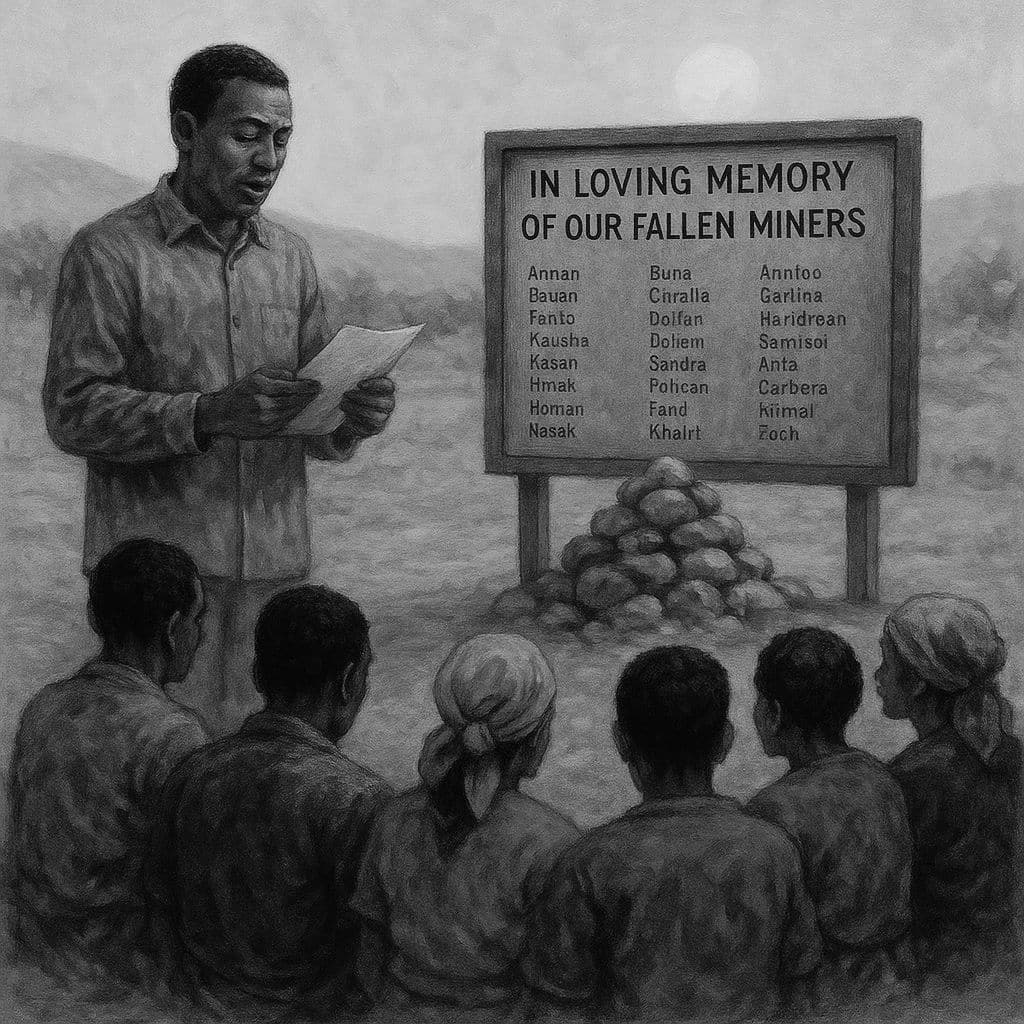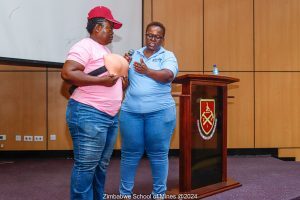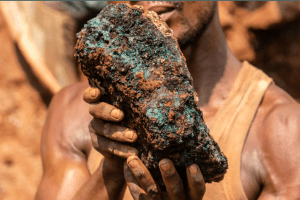
Article: Beneath the Dust
Author: Paul Matshona – Research and Innovation Officer
In the sprawling valleys of Mazowe, Zimbabwe, the ground holds both hope and heartbreak.
To the villagers, the gold hidden beneath the soil is both a blessing and a curse. Among them was Nyasha, a 27-year-old widow with two children, who had turned to artisanal mining to survive after her husband’s passing. With no formal employment and school fees looming, she picked up a hammer and joined hundreds of others who made their living from the dirt.
Artisanal mining kept the village alive. With each ounce of gold sold, children were fed, school fees paid, and elders looked after. Tiny shacks transformed into brick homes. Small shops opened. Radios buzzed with music in the evenings. For many, it was the only way to break free from poverty’s chokehold.
But with each new pit came risks. Just last rainy season, the shaft where Nyasha worked collapsed after a heavy storm. She escaped with bruises and broken nails, but three young men weren’t so lucky. Their names were whispered at night by the fireside, mourned but also feared — because their deaths reminded everyone of how fragile their hustle was.
It wasn’t just the physical dangers. Mercury from the gold processing seeped into streams, poisoning fish and children alike. The once-clear waters turned cloudy. Crops planted near the mining areas yielded less. Skin rashes became common.
Social tensions began to rise too. Syndicates and illegal buyers moved in, exploiting miners with unfair deals. Men, desperate for quick wealth, sometimes fought, sometimes killed. Women faced harassment. Families were torn between the hunger of the present and the invisible dangers of the future.
Yet, amid the chaos, there was unity. The community began forming cooperatives, pushing for safer mining practices, urging local leaders for recognition and protection. Nyasha joined others in demanding workshops on mercury-free mining methods and fighting for the rights of women miners.
Every year now, on a dusty patch near the largest pit, the villagers gather for a remembrance ceremony. They read the names of those lost in accidents, of those taken by poisoned water, of families broken apart. They place stones in a growing pile, each representing a life altered by the glittering promises beneath their feet.
Nyasha still mines, but now she also speaks. “This gold feeds us,” she often says, “but it also tests us. If we forget the dangers, we lose. If we forget those we’ve lost, we lose ourselves.”
In the shimmering dust of Mazowe, survival, sacrifice, and sorrow are all mixed in the same soil. But so too is hope — that one day, the wealth beneath their feet will no longer cost them their lives.




